(ECNS) -- A "citizen scientist" has attained sudden prominence recently after answering a question on Zhihu, the Chinese equivalent of Quora.
A PhD student in physics at Peking University had asked: How do you view a "citizen scientist" publishing a heavyweight paper in the top journal Monthly Notices of the Royal Astronomical Society (MNRAS)?

Liang Zhuxing, the "citizen scientist", is an entrepreneur who taught himself physics out of interest. He responded to the query by recalling his self-reliant research path.
Born in 1955, Liang published a paper in a leading astronomy journal in 2014.
Collaborating with a distinguished astrophysicist, Liang’s publication was extraordinary due to his lack of formal education.
The paper featured Liang and his son as lead and second author respectively, with the third author being Professor Joel M. Weisberg from Carleton College, a reputable figure in the field of pulsar and plasma physics.
Garnering nearly 7,000 likes, Liang's unique story has captured the interest of netizens.
Unconventional academic journey
Born in rural Hebei Province, northern China, Liang met an inspiring physics teacher during high school, who ignited his interest in the subject.
After graduating from high school in 1972, Liang became a farm machinery operator. In the following five years, he continued to build on his physics knowledge through practical experience.
When college entrance exams resumed in 1977, Liang performed well, particularly in physics. Despite his interest, he chose agricultural machinery, which is less competitive, as his major.
After graduating from China Agricultural University with a certificate in tractor manufacturing, he worked as a teacher at a college of agricultural machinery and a blue-collar worker in state-owned enterprises.
He later ventured into entrepreneurship in 1994, developing cost-effective testing equipment for the automotive industry. This decision caught the wave of rapid development in the Chinese automotive market.
Tapping the emerging market, he successfully developed a product single-handedly within a few months, which sold for 7,000 yuan (approximately $850 in 1995). According to National Statistics Bureau, the average yearly income in 1995 was 5,500 yuan.
Passion for physics rekindled
In the early years of entrepreneurship, Liang was consumed by work and had little time to ponder physics questions. However, a conversation with his high school son about rotating magnets rekindled his interest in physics.
Liang and his son delved into the question of whether a magnetic field would rotate along with a rotating magnet.
While searching for more information, they discovered that this seemingly simple question had stumped scientists for over a century, with general physics supporting the non-rotation theory and astrophysics suggesting otherwise.
The turning point came in August 2004, when inspiration suddenly hit Liang and gave birth to the Magnetic Oscillation (MO) model, which posited that a neutron star’s magnetic field might oscillate rather than rotate uniformly. Previously, the characteristics of pulsars had been most commonly explained using the lighthouse model.
Father-son collaboration produces pivotal publication
At an international physics conference held in Beijing in 2006, an expert criticized their model based on the theorem of frozen-in field, a concept Liang had never heard about.
After meticulous deductions and supported by experimental evidence, Liang and his son found the loopholes and published their findings in SCI Journals.
Submitting their first paper to arXiv required a recommendation. Liang emailed over 100 experts for help, and Professor Joel M. Weisberg responded as one of the four experts willing to assist.
Weisberg hails from the renowned Carleton College and has authored over 60 papers in top-tier journals such as Nature and Science. Among them, he has co-authored nearly 30 papers with Nobel laureate Joseph Taylor.
At that time, Liang was unaware of his achievements but his research field of pulsar and plasma physics.
After publishing their model on arXiv, they continued researching and published a paper in the prestigious MNRAS in 2014.
This time, Weisberg raised advanced theoretical questions that were beyond Liang and his son’s knowledge. At the journal editor’s recommendation, Liang convinced Weisberg to join the author list, who refined their rough manuscript into a polished paper. This collaboration marked a pivotal point in their research.
The successful publication in MNRAS required a new reviewer, whose research team claimed to validate the lighthouse model using the method mentioned in Liang’s paper.
Liang identified critical faults in their data not long after, but the team chose to remain silent rather than retract their paper.
Further research scheduled
The term, citizen scientist, often refers to individuals engaged in scientific research without formal training or degrees in the field, which is more than often used to mock those amateurs whose research lacks logical and empirical grounding.
Liang doesn’t mind being labeled a “citizen scientist.” He believes that scientific research isn’t necessarily monopolized by professionals.
He follows his guiding principle: “I engage in debates only when identifying errors. If issues are unclear or persuasion falls short, I prefer silence over confrontation.”
Throughout these years, Liang has devoted his spare time to physics research, conducting experiments at home.
Currently, he and his son are refining a new paper that aims to challenge the lighthouse model’s validity.
“This time, we will present two predictions for scholars worldwide to verify. These predictions can be tested based on existing data and don’t necessitate new observations. If substantiated, the MO model will officially stand as a competing model to the lighthouse model,” he said.









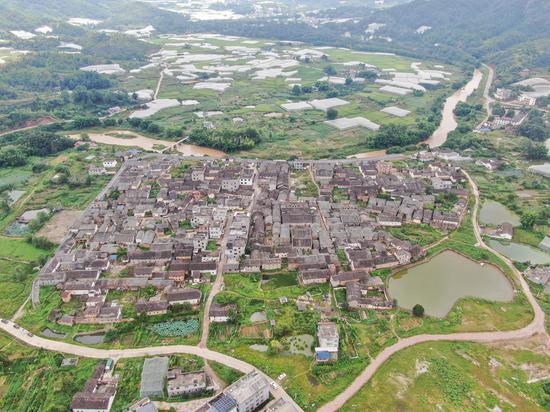




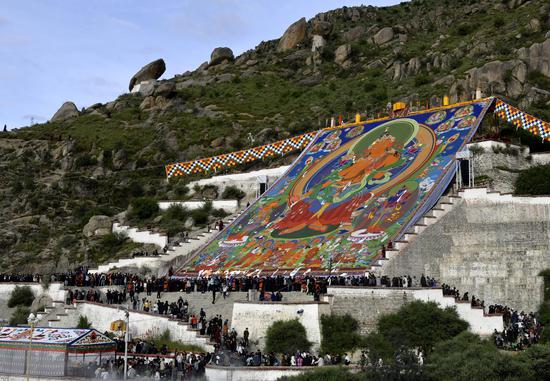



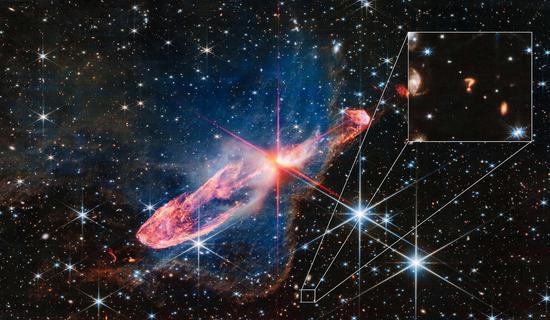




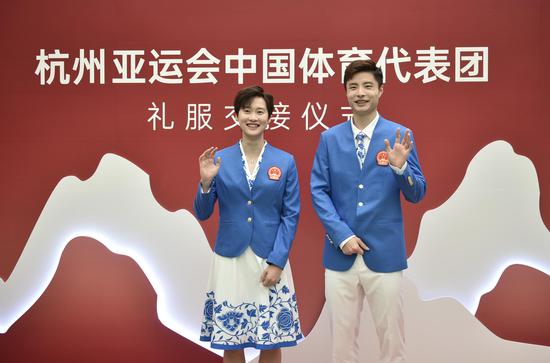

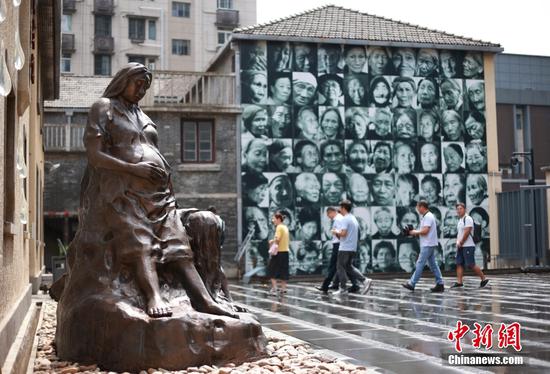

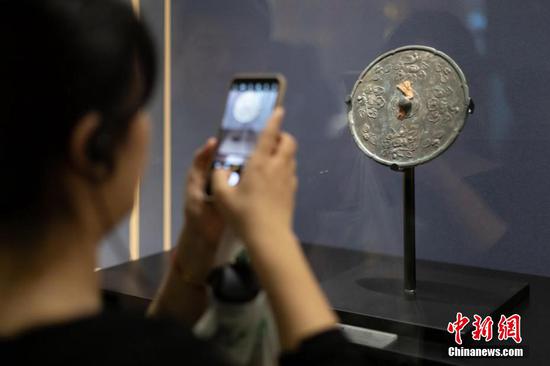
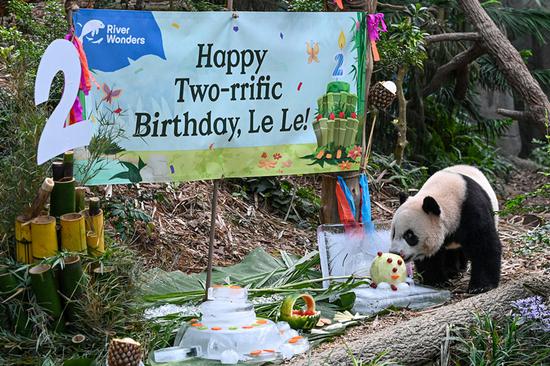
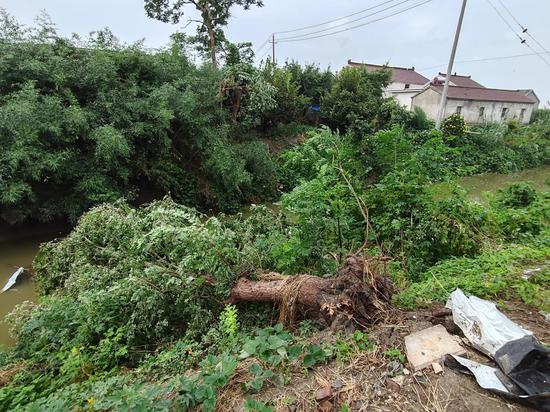

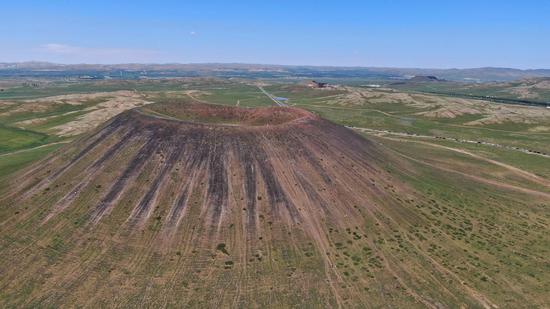

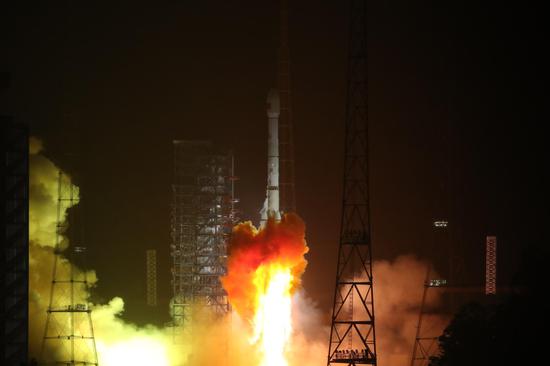



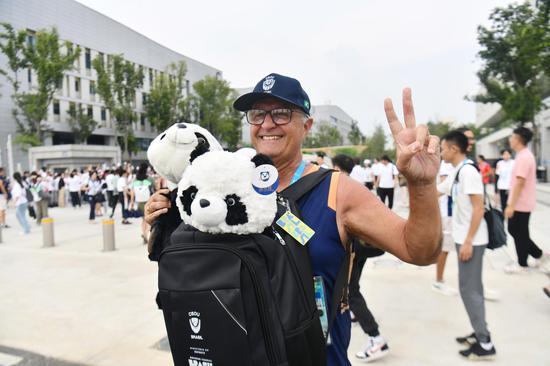


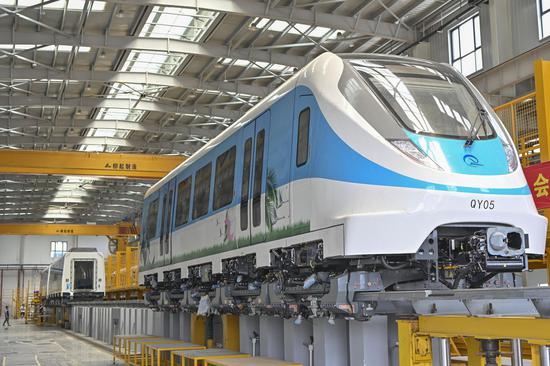
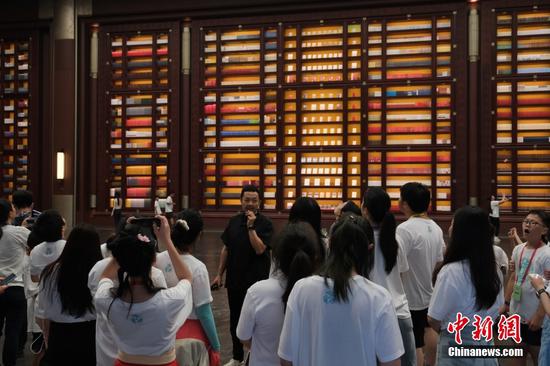
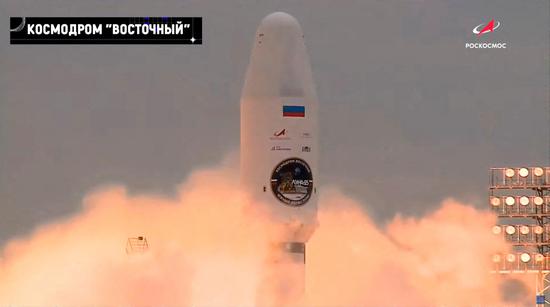
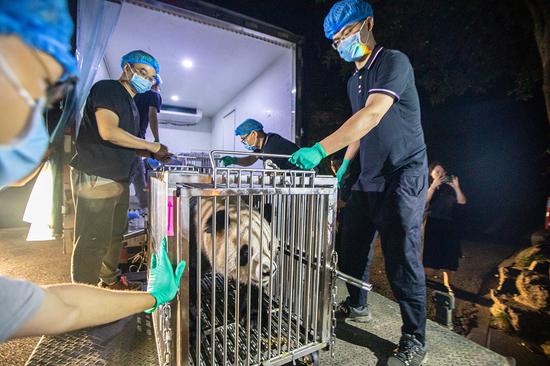




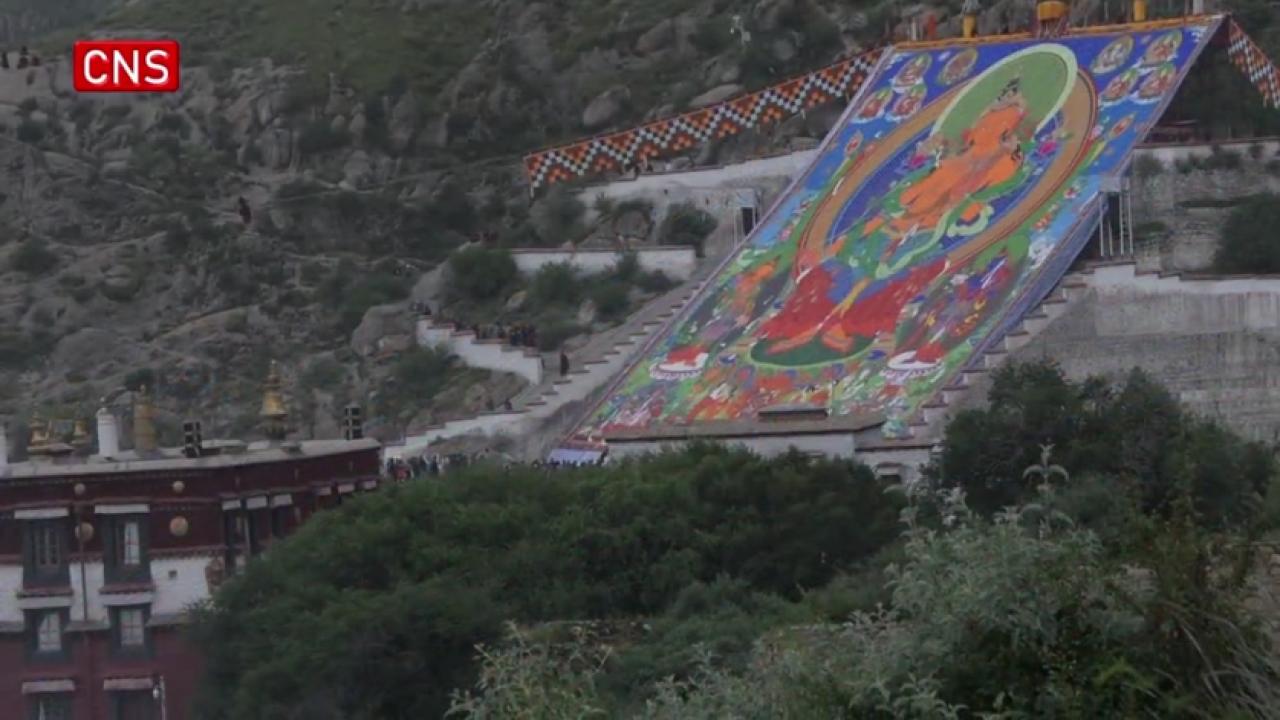

 京公网安备 11010202009201号
京公网安备 11010202009201号